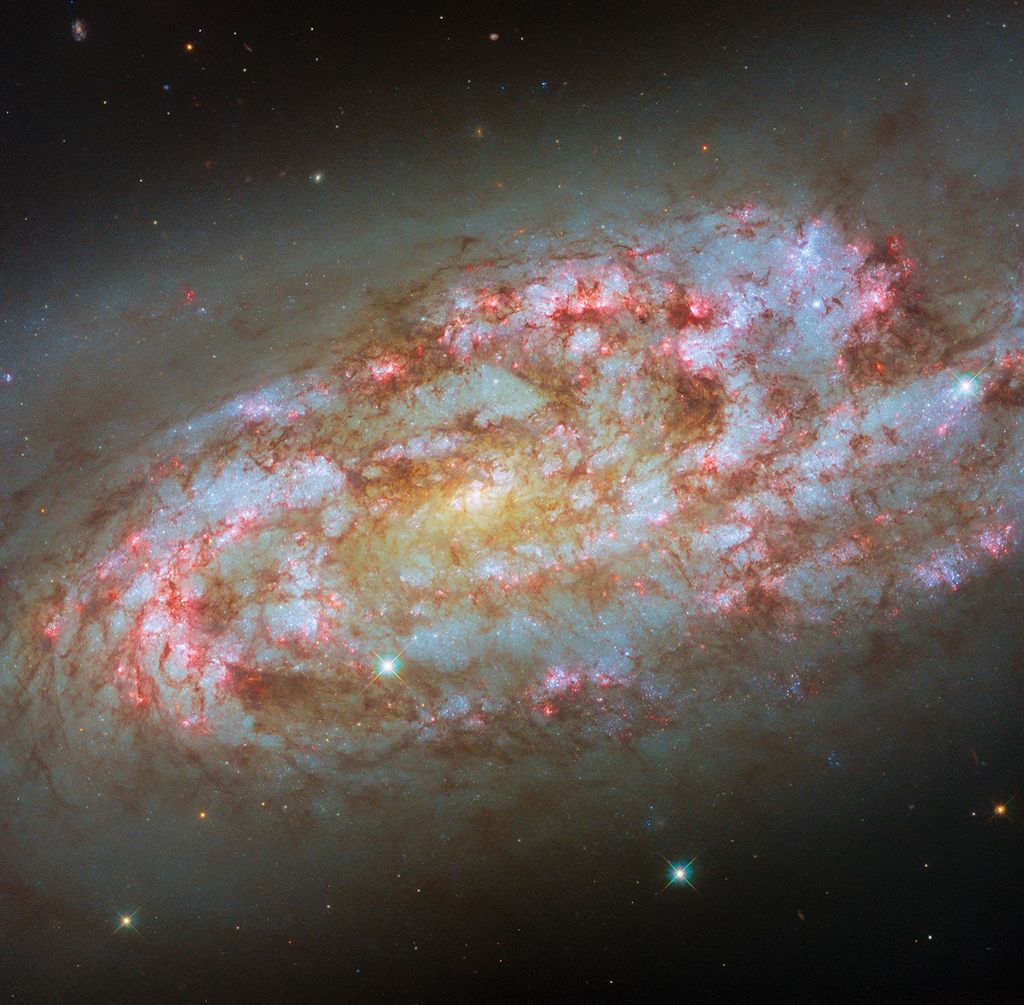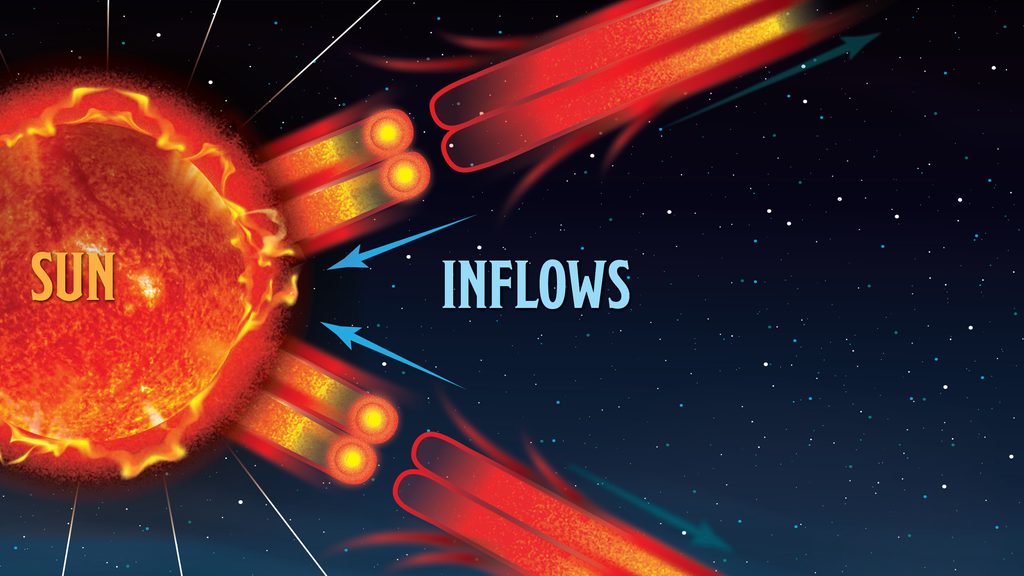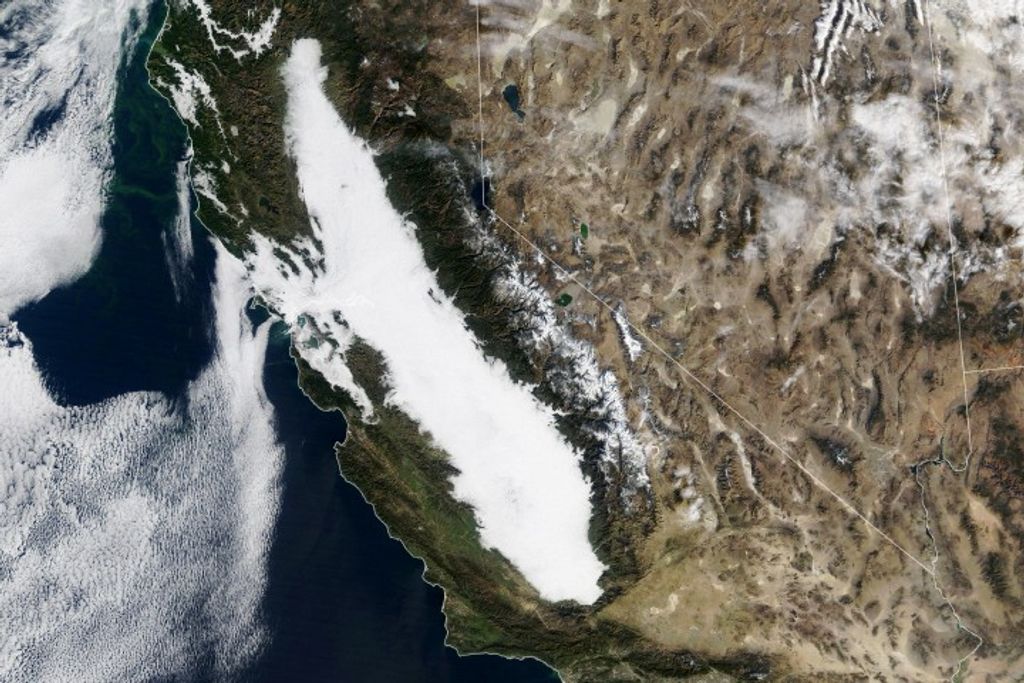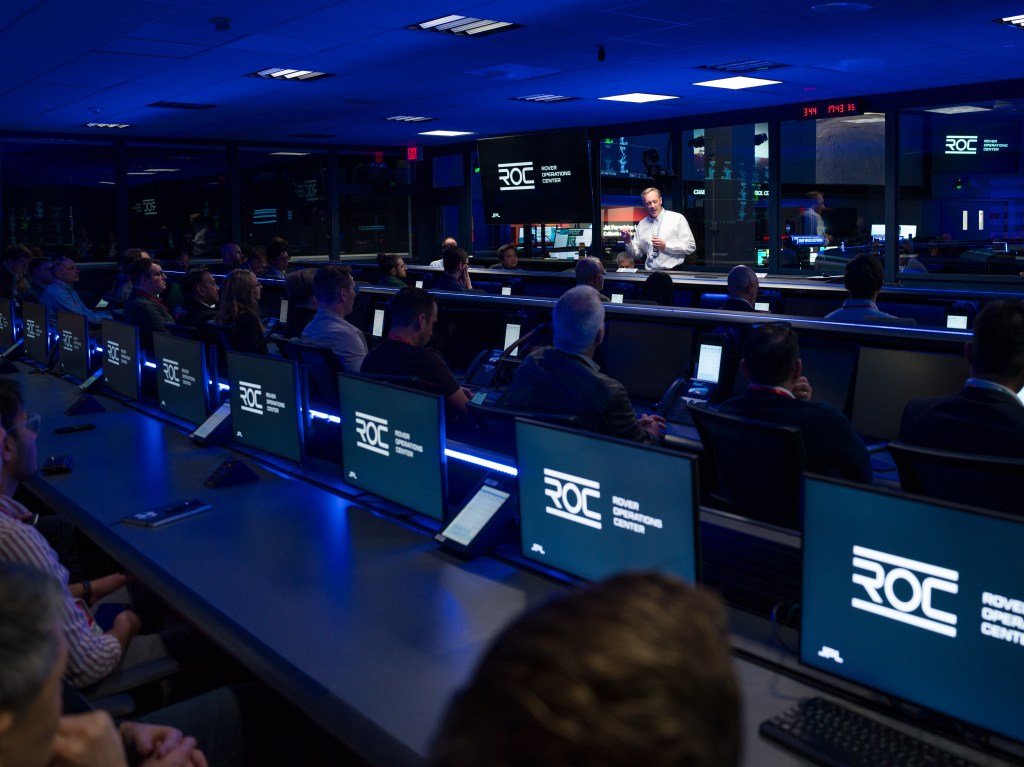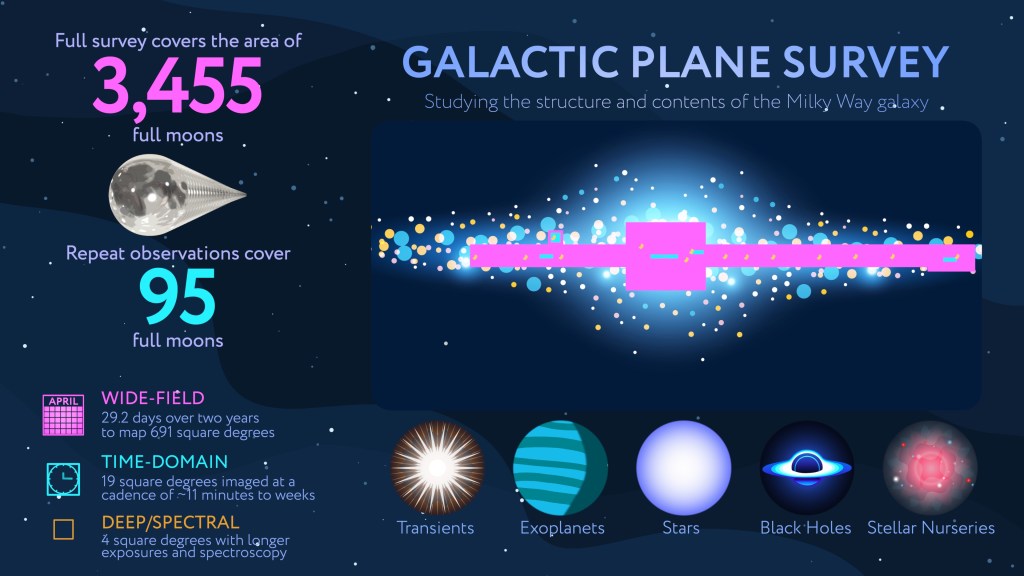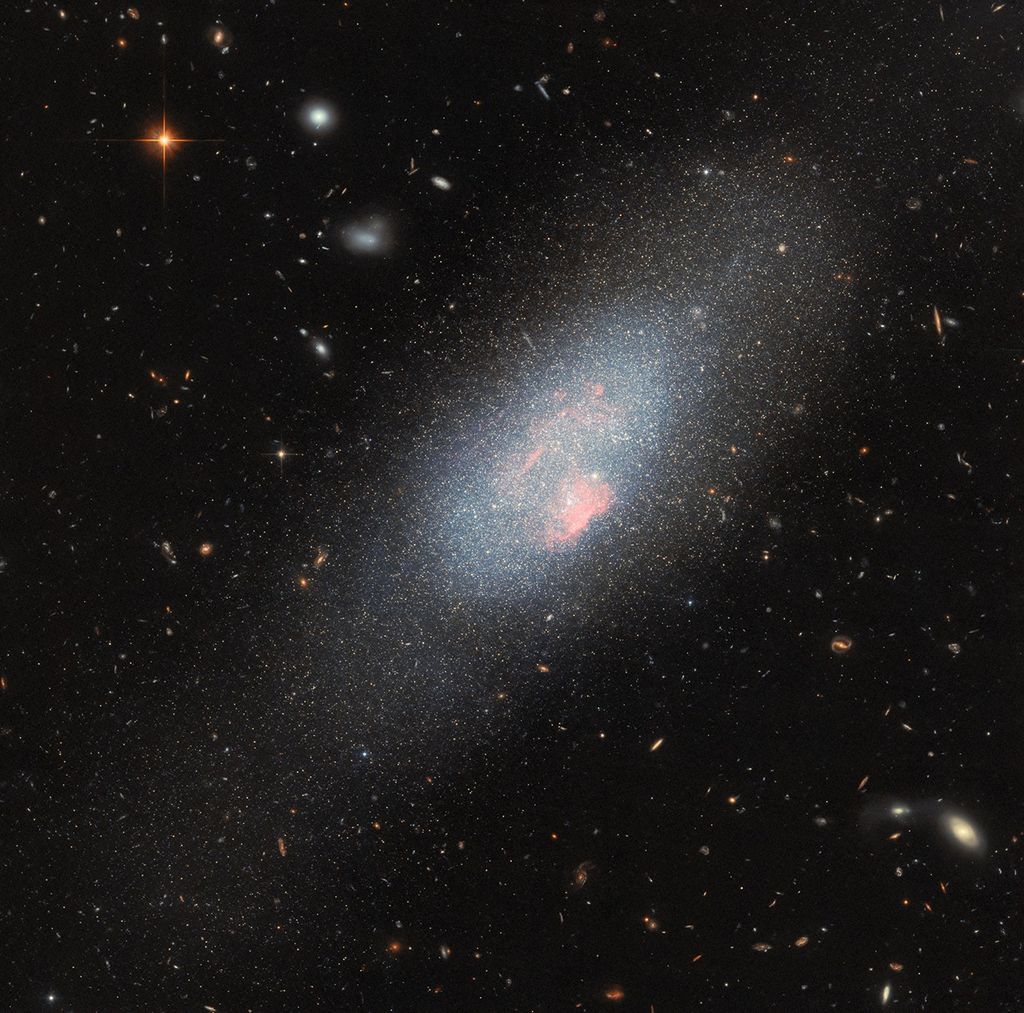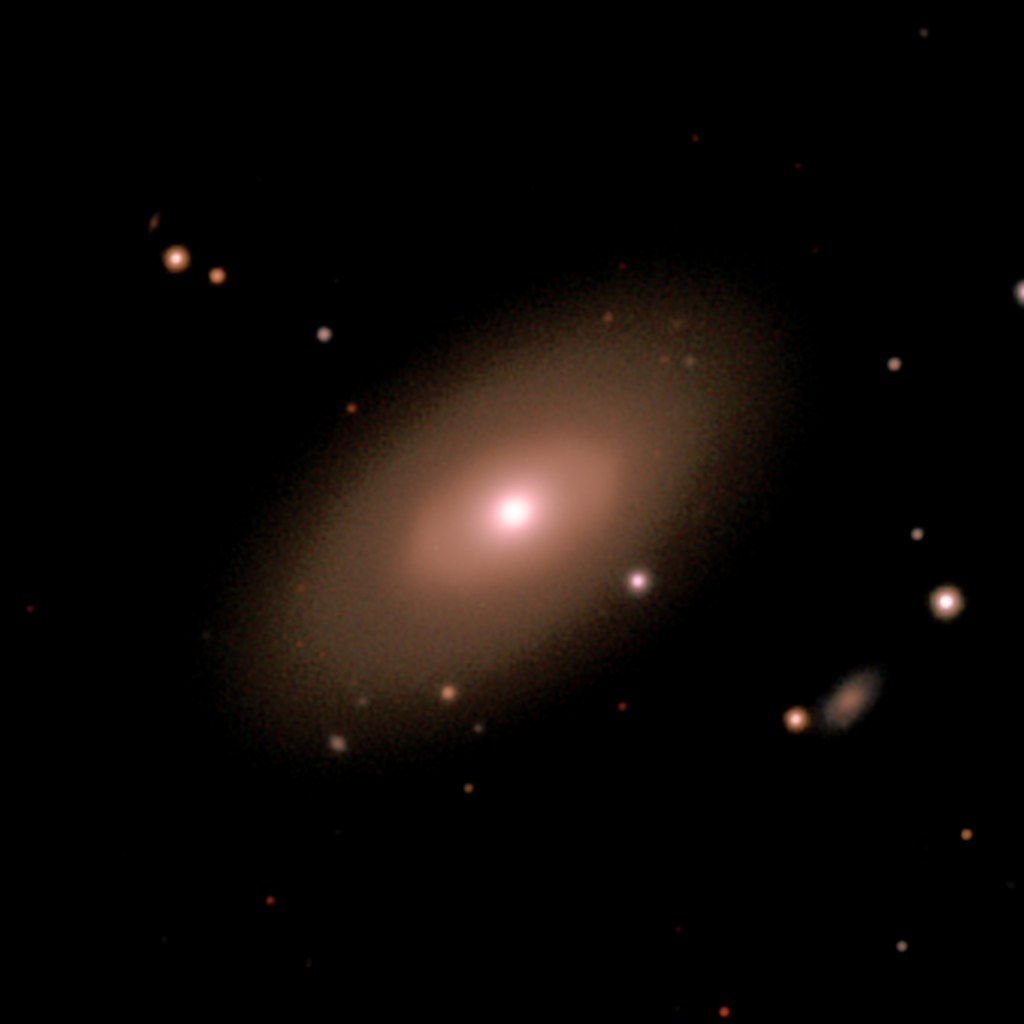IR STIG Seminar
Infrared Science and Technology Integration Group
DATE
June 2, 2025
TIME
3:00 pm EST
COMMUNITY
IR STIG
TYPE
Seminar
We have two presentations from John C Mather (GSFC) and Chi Nguyen (CalTech). Dr. Mather shares his work on hybrid observatories and Dr. Nguyen discusses the recently launched SPHEREx instrument and provide an early glimpse at survey data.
Hybrid Space-Ground Observatories
John C Mather (NASA Goddard Space Flight Center, former Senior Project Scientist, James Webb Space Telescope)
Hybrid observatories, combining space assets and ground-based telescopes, can enable extraordinary advances in capabilities and startling scientific discoveries. Orbiting laser guide stars in high Earth orbit can remain passively within arcseconds of a target area for hours at a time, enabling diffraction-limited adaptive optics imaging at visible wavelengths where the sky is darkest. A test at Keck with the orbiting LCRD satellite has recently demonstrated this capability. With a 30 m telescope, angular resolution of a few milliarcsec is feasible. With point source observing speed scaling as D4, it would be 20,000x faster than Hubble and 1000 x faster than HWO. Such a guide star working with the DKIST could obtain the first sharp images of the solar corona, with a resolution of 25 km. An orbiting standard light source could improve absolute and color photometric accuracy to better than 1%, with impact on high redshift photometric distance scales, dark energy measurements, and on exoplanet models. An orbiting mm wave antenna working with the Event Horizon Telescope could measure the details of photon rings and hence the spins of black holes. Most extreme, a 30 m class telescope with an orbiting 100 m diameter starshade could image exoplanets directly, if it could be built, with 5x the angular resolution of HWO and 1000 x the observing speed. Except for the starshade, all of these could be built as CubeSat or Explorer-class missions.
All-Sky Near-Infrared Surveys with SPHEREx: Science, First Light, and More to Come!
Chi Nguyen (California Institute of Technology)
The NASA MIDEX mission Spectro-Photometer for the History of the Universe, Epoch of Reionization, and Ices Explorer (SPHEREx) is an all-sky survey designed to study the physics of inflation, the history of galaxy formation, and the bionic ices in the Milky Way. Additionally, SPHEREx will produce a legacy database accessible to all astronomers, opening up the potential for many more science studies. During the planned two-year mission, SPHEREx will map the sky four times in 102 near-infrared spectral bands between 0.75 and 5.0 um. The satellite was successfully launched in early March 2025 and the science survey commenced in early May 2025. In this talk, I will discuss the SPHEREx instrument and preview what the community can expect from the survey data.
News Straight to Your Inbox
Subscribe to your community email news list
We will never share your email address.





